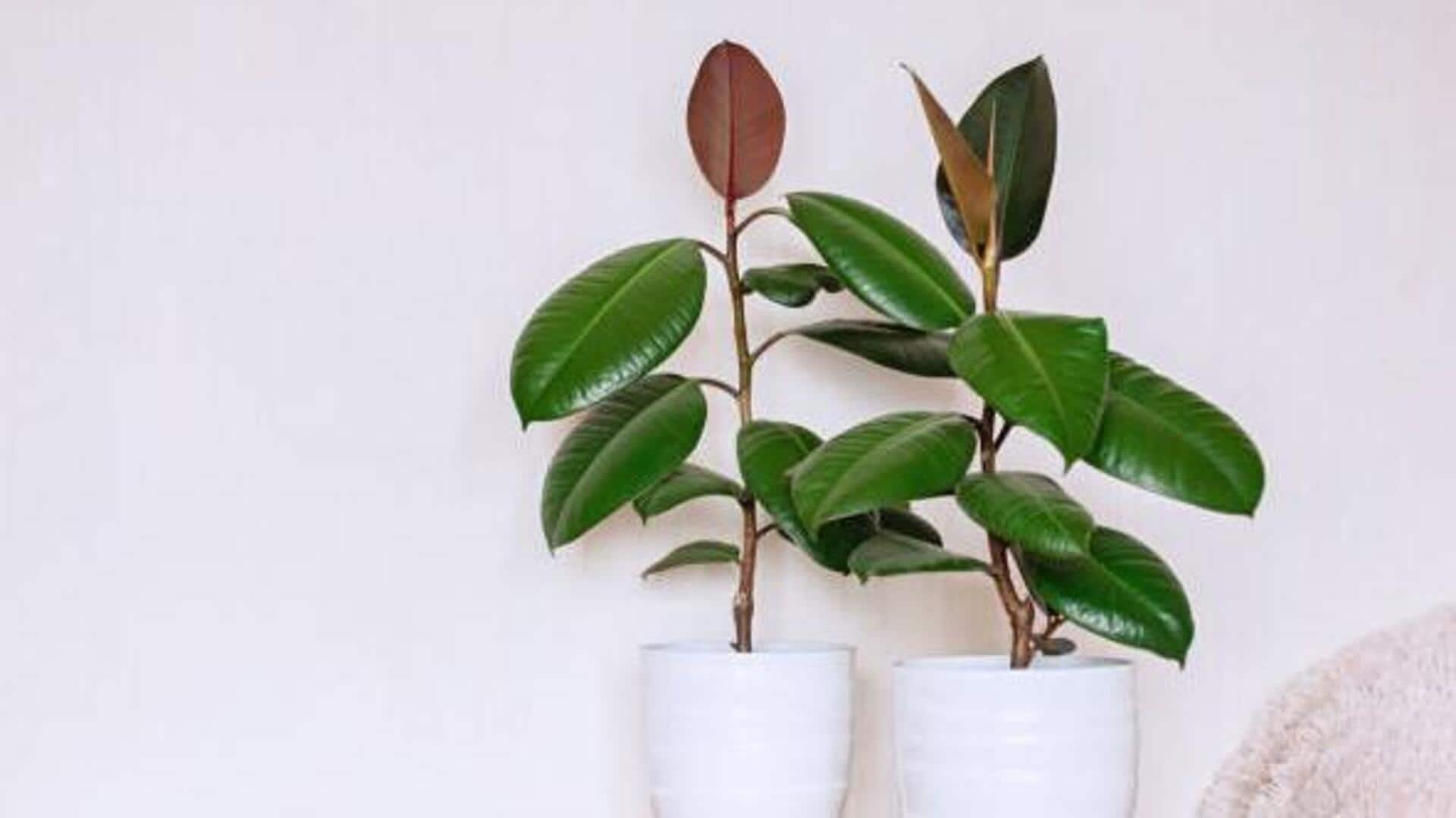
Ficus plant care 101: Light, watering, and soil tips
What's the story
Ficus plants make for popular indoor choices, thanks to their lush foliage and air-purifying qualities.
However, keeping them healthy can be tricky, if you do not have the right knowledge.
Understanding their needs is important to ensure they thrive indoors.
Here are some practical tips on caring for ficus plants, focusing on light, watering, humidity, and soil requirements.
Here's how you can keep them healthy.
Light needs
Optimal light conditions for ficus
Ficus plants thrive in bright but indirect sunlight indoors.
Direct sunlight can scorch their leaves while too little light may cause it to drop.
Placing them near a window with filtered light or using sheer curtains can help maintain the right balance.
If natural light isn't enough, you can also use artificial grow lights to supplement their needs.
Watering tips
Watering techniques for healthy growth
Proper watering is key to keeping ficus alive. Overwatering leads to root rot, while underwatering causes leaf drop.
Let the top inch of soil dry out before watering again. Make sure your pots have drainage holes to prevent waterlogging.
In the winter months, reduce watering frequency as growth slows down.
Humidity requirements
Importance of humidity levels
Ficus plants thrive when the indoor humidity levels remain between 40-60%.
The problem comes in during winters when indoor heating can drastically suck the moisture out of the air.
To tackle this, using a humidifier or keeping a tray of water near your ficus can easily increase the humidity around it.
These measures keep your plant in a healthy, growing environment.
Soil preferences
Choosing the right soil mix
A well-draining potting mix is essential for ficus plants' root health.
A mixture with peat moss and perlite or sand provides adequate aeration and drainage, while maintaining requisite moisture levels.
Repotting every other year refreshes nutrients and accommodates growing roots well, without stressing the plant's system.